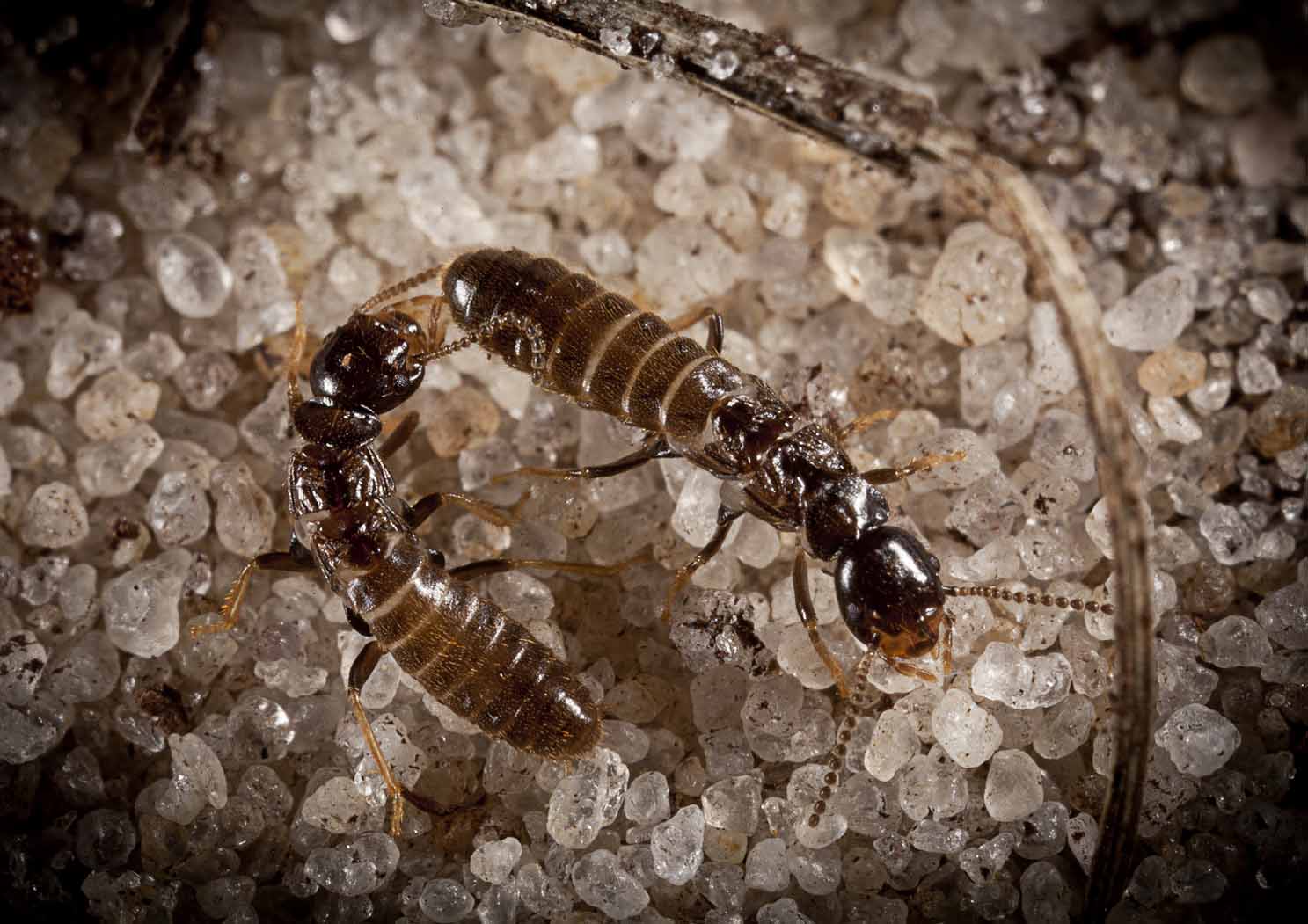False Chinch Bugs
False Chinch bugs are in the Order Hemiptera also known as “true bugs”. False Chinch bugs prefer plants in the Mustard family and especially like London Rocket: a yellow flowered mustard that is very common in our area. Even though they may feed on some landscape plants, False Chinch bugs rarely cause significant damage. Usually the mass migration lasts only one week at most. Prevent entry into houses by making sure screens on windows and patio doors are intact and sealing up other entryways. Homeowners can apply a pesticide around the perimeter of the house to keep the bugs out, but the best approach is to seal them out.




